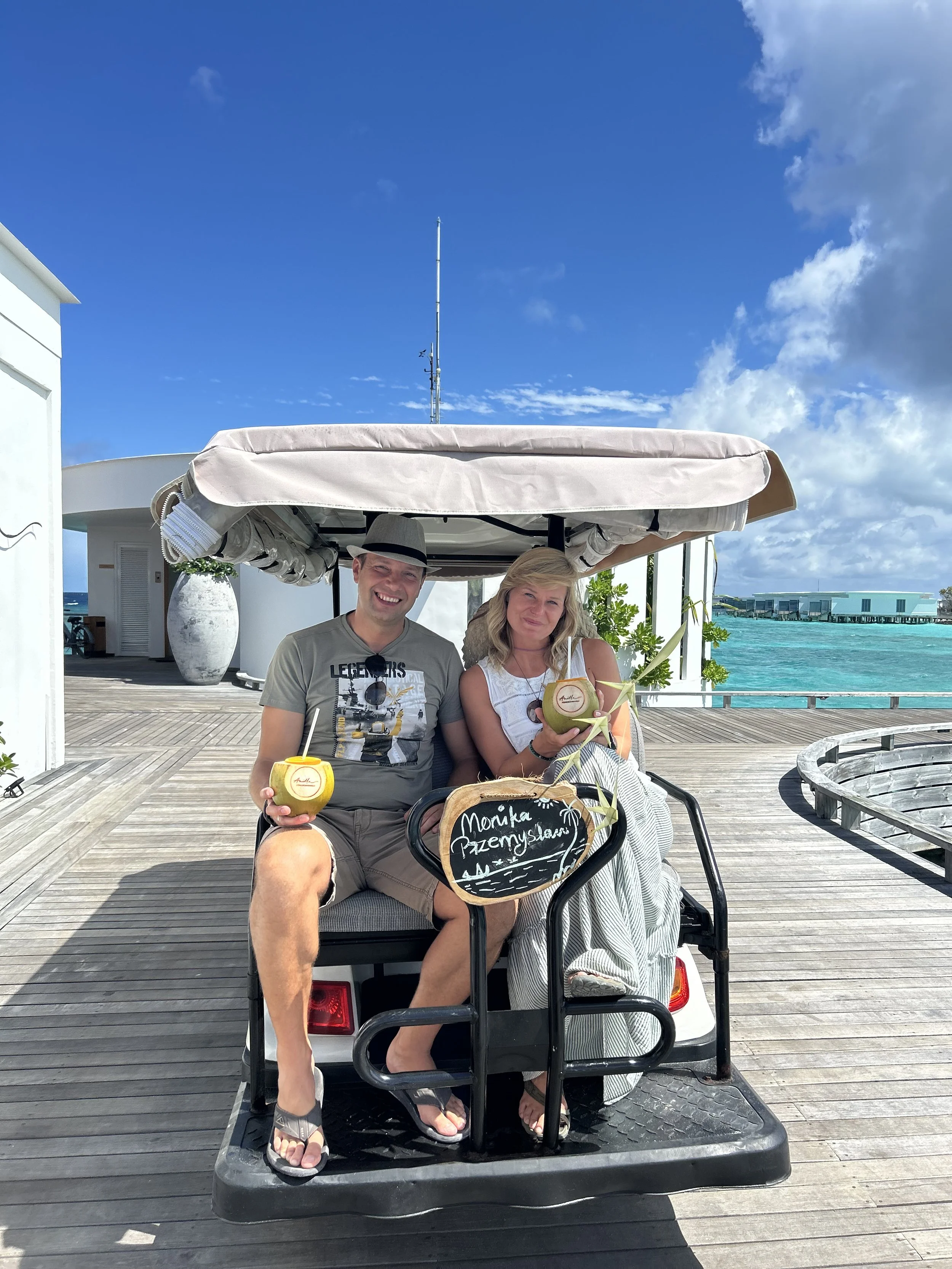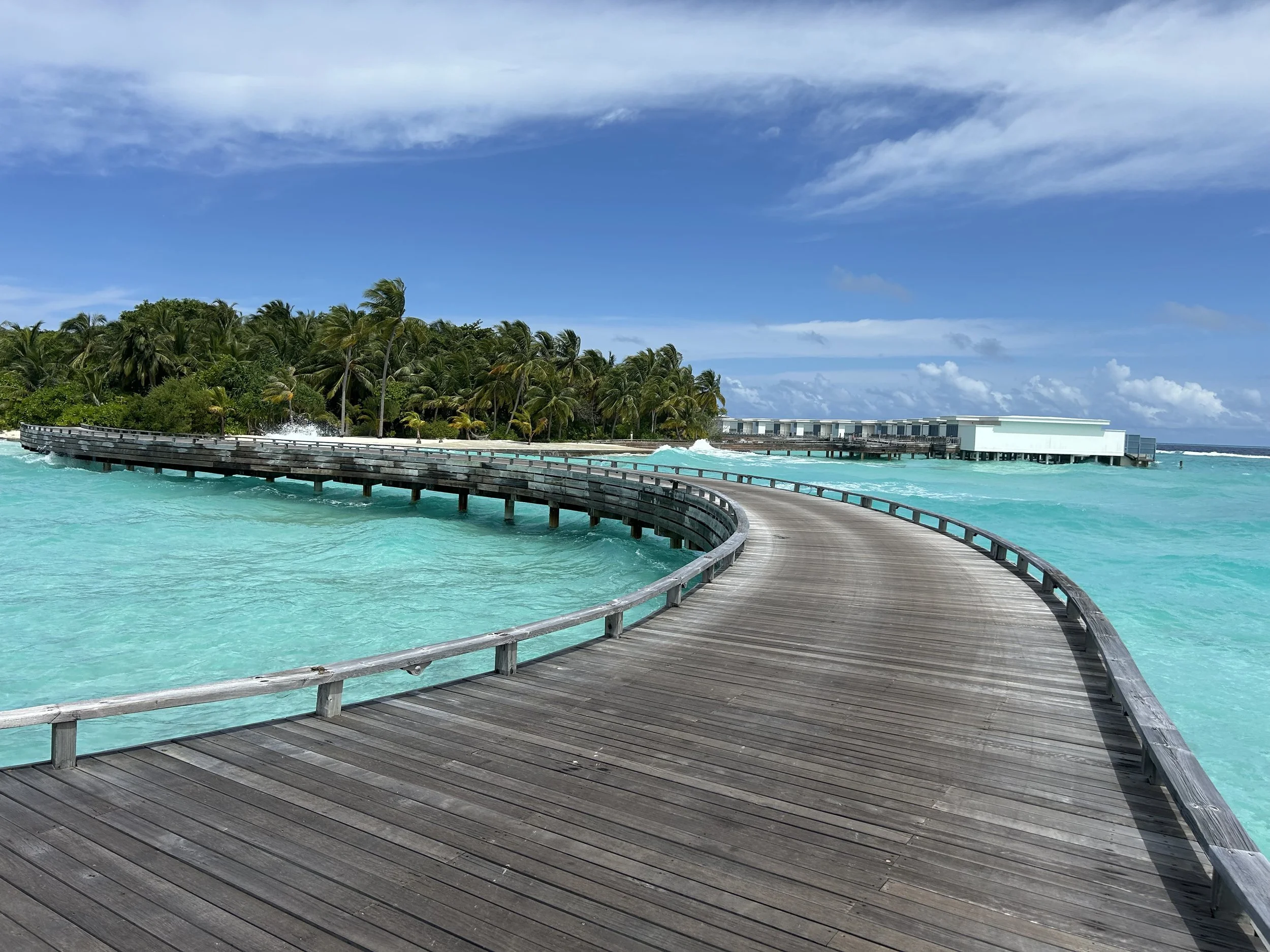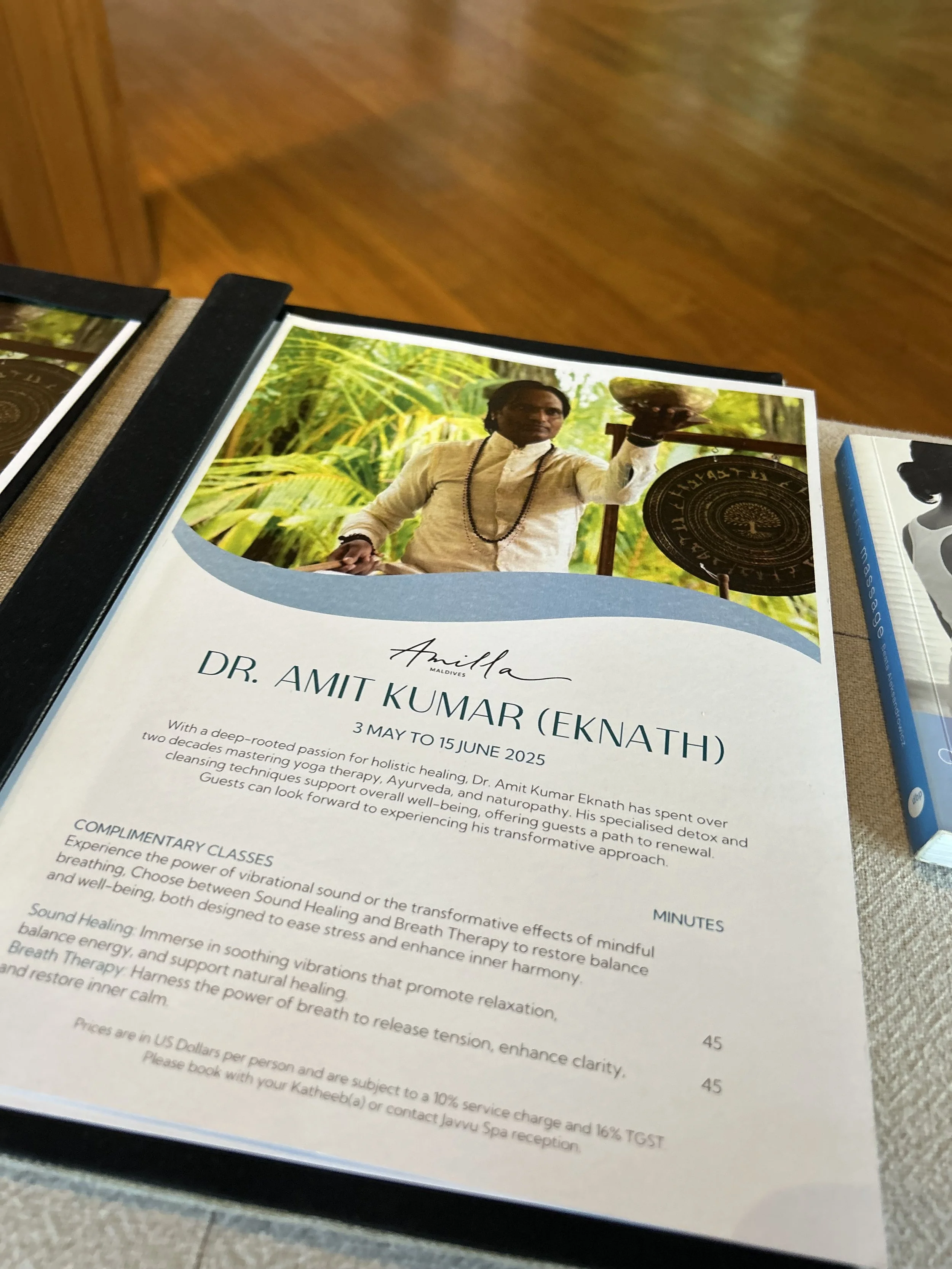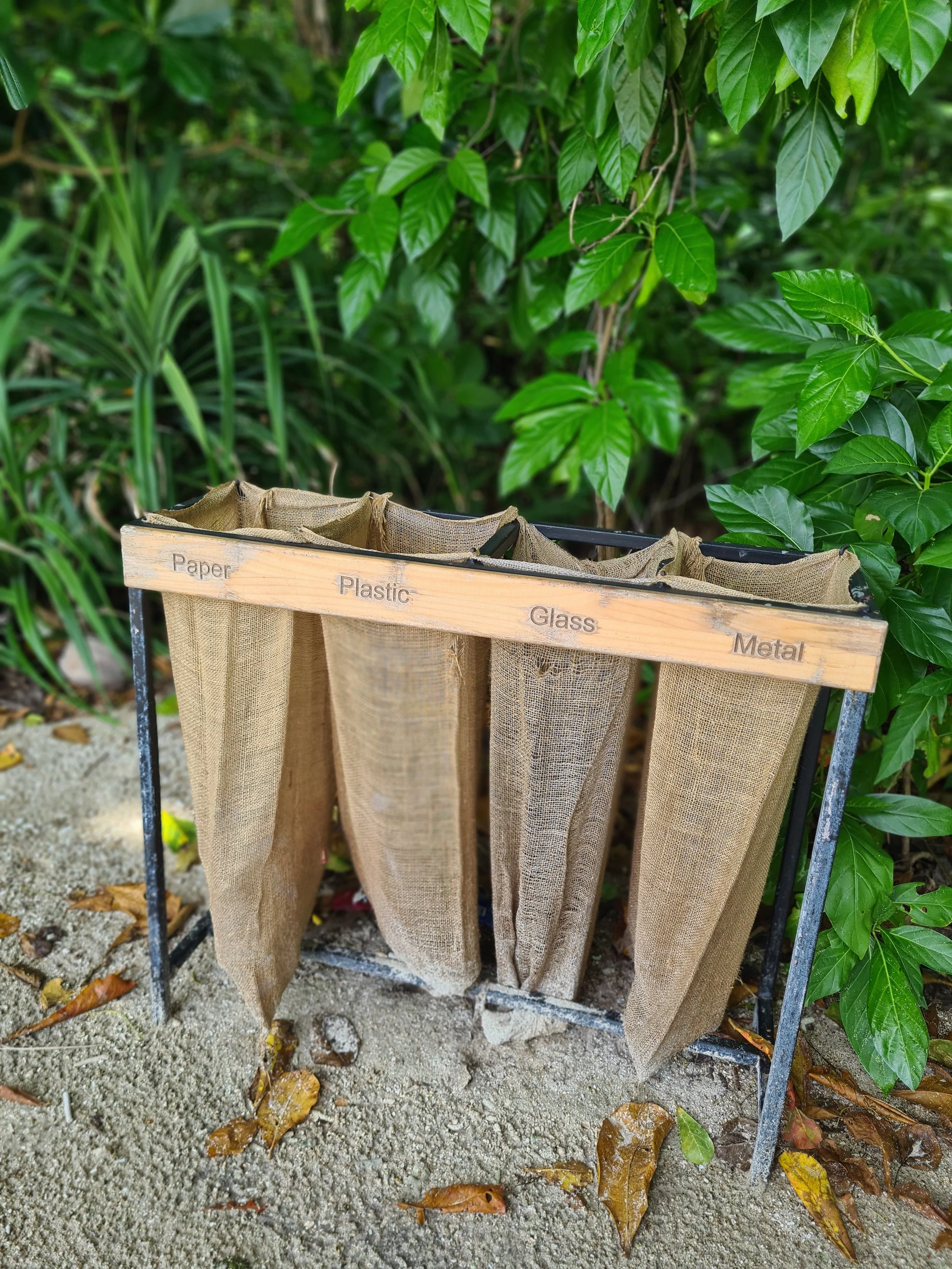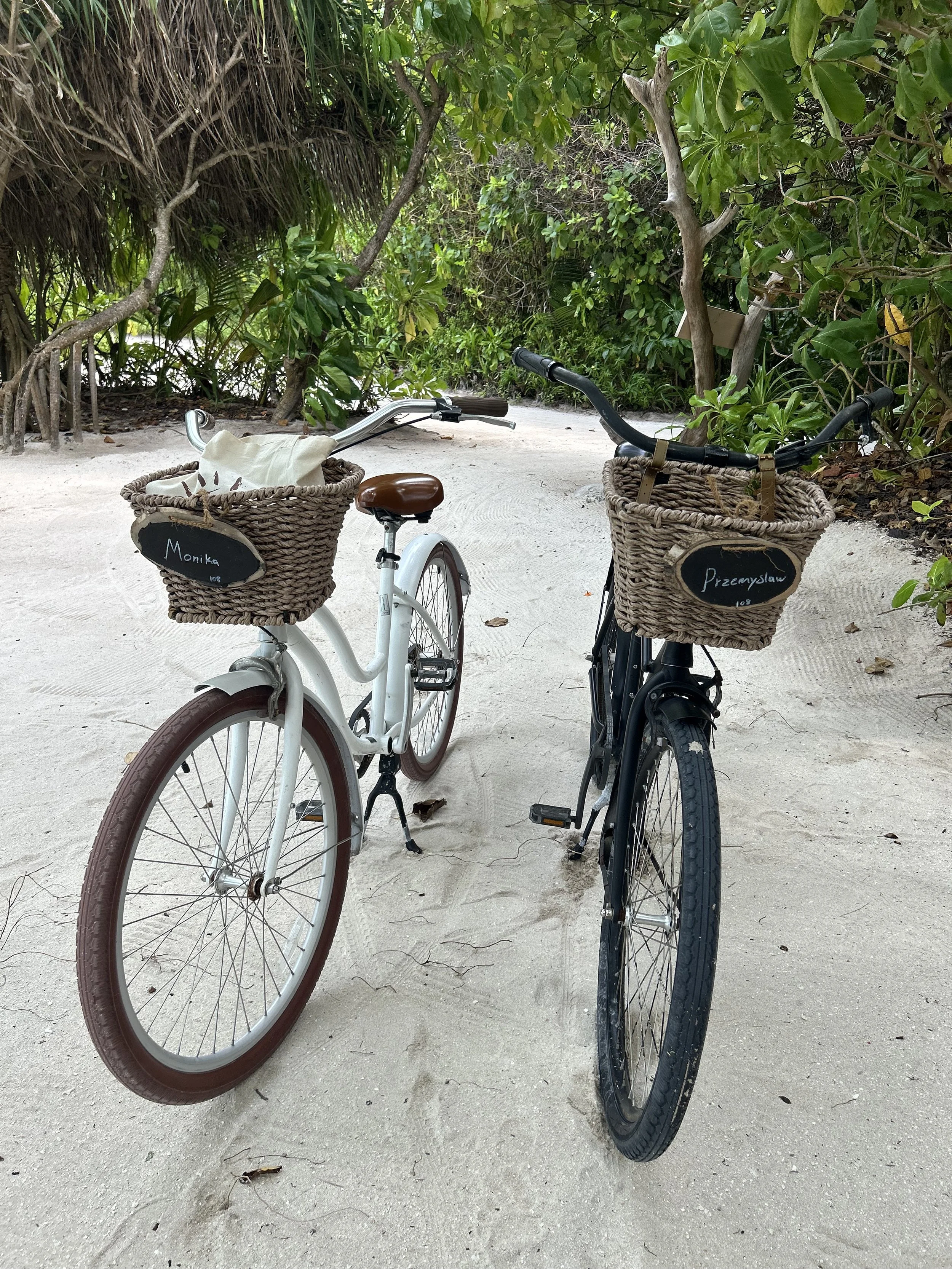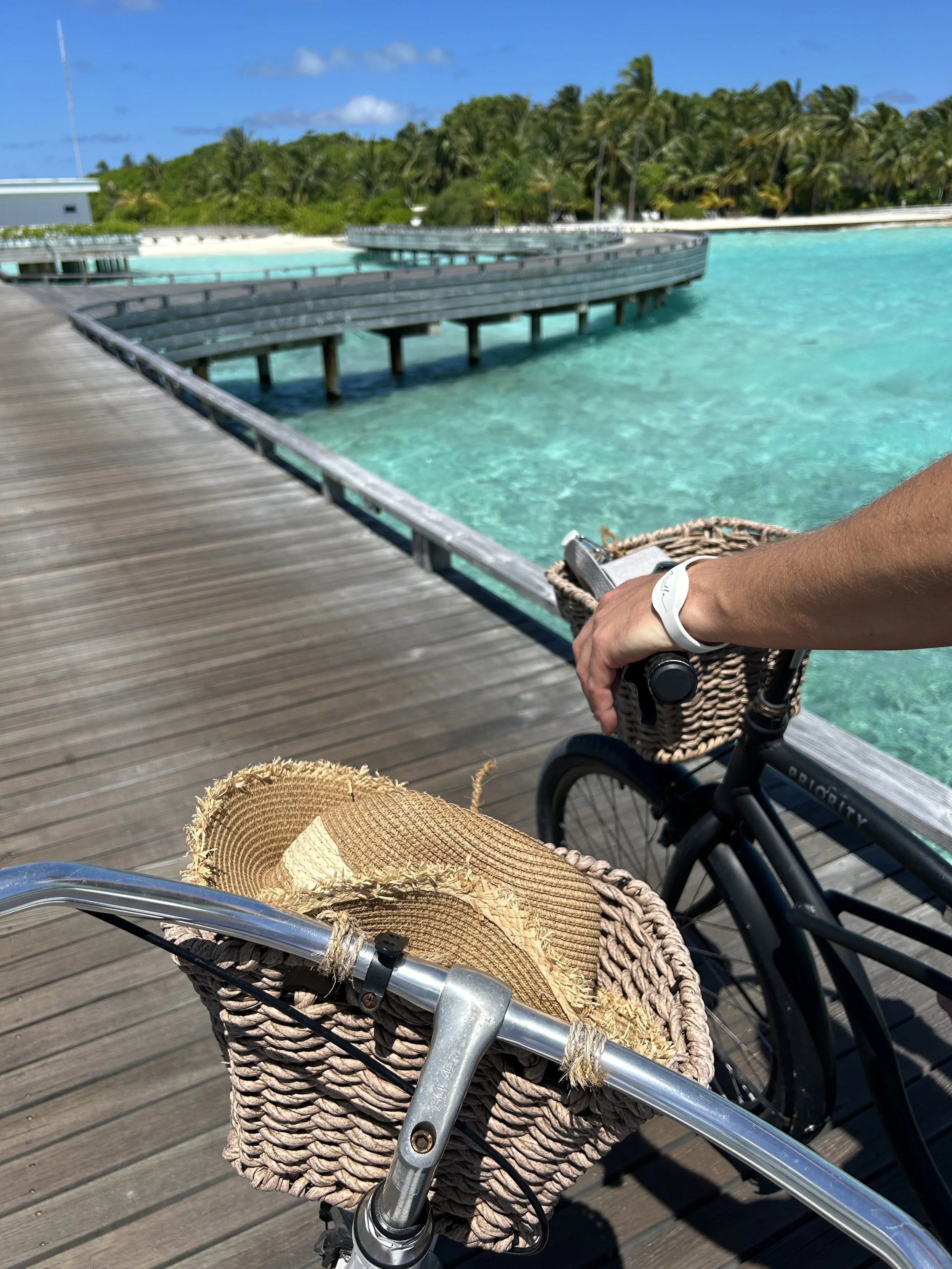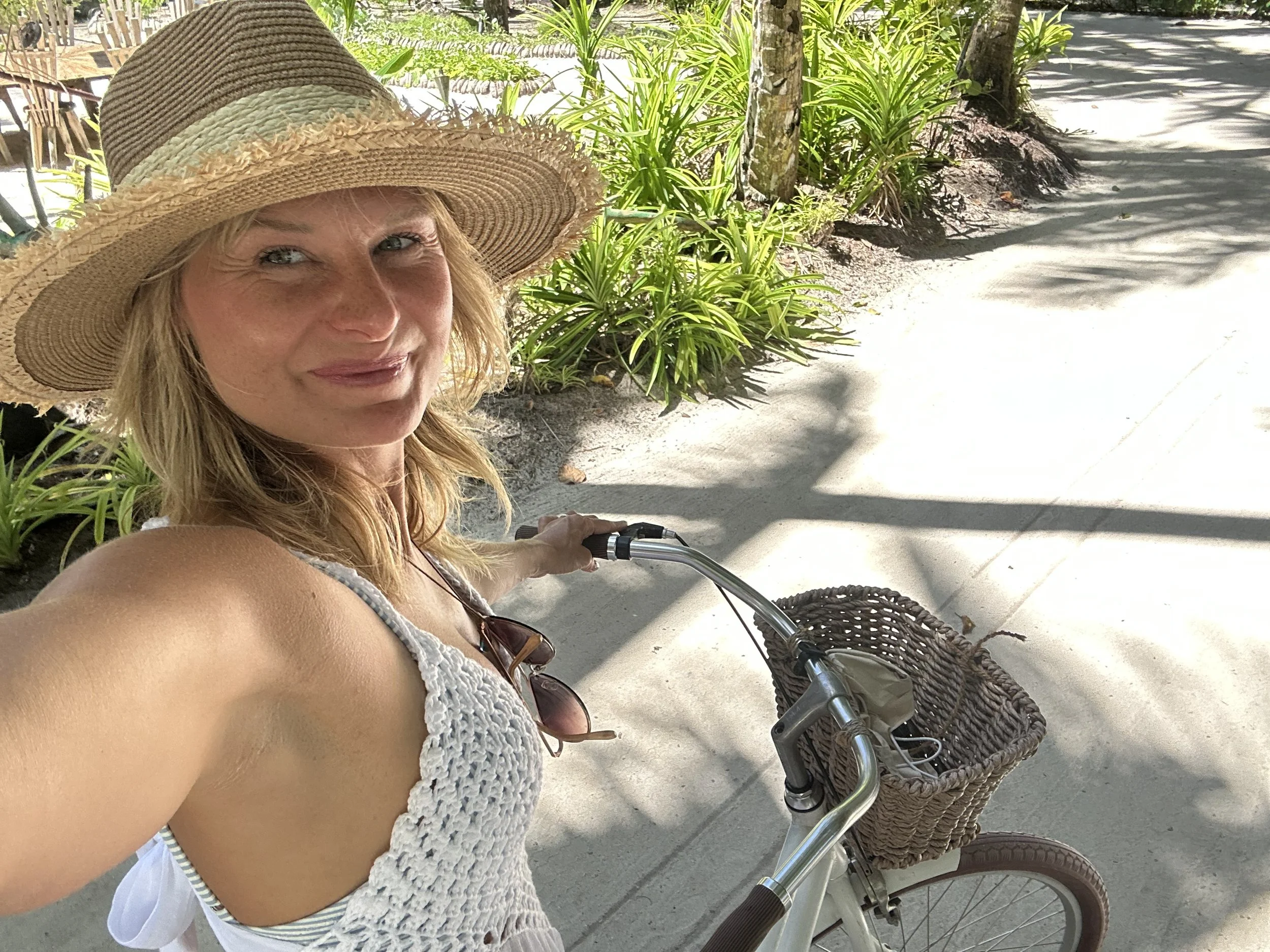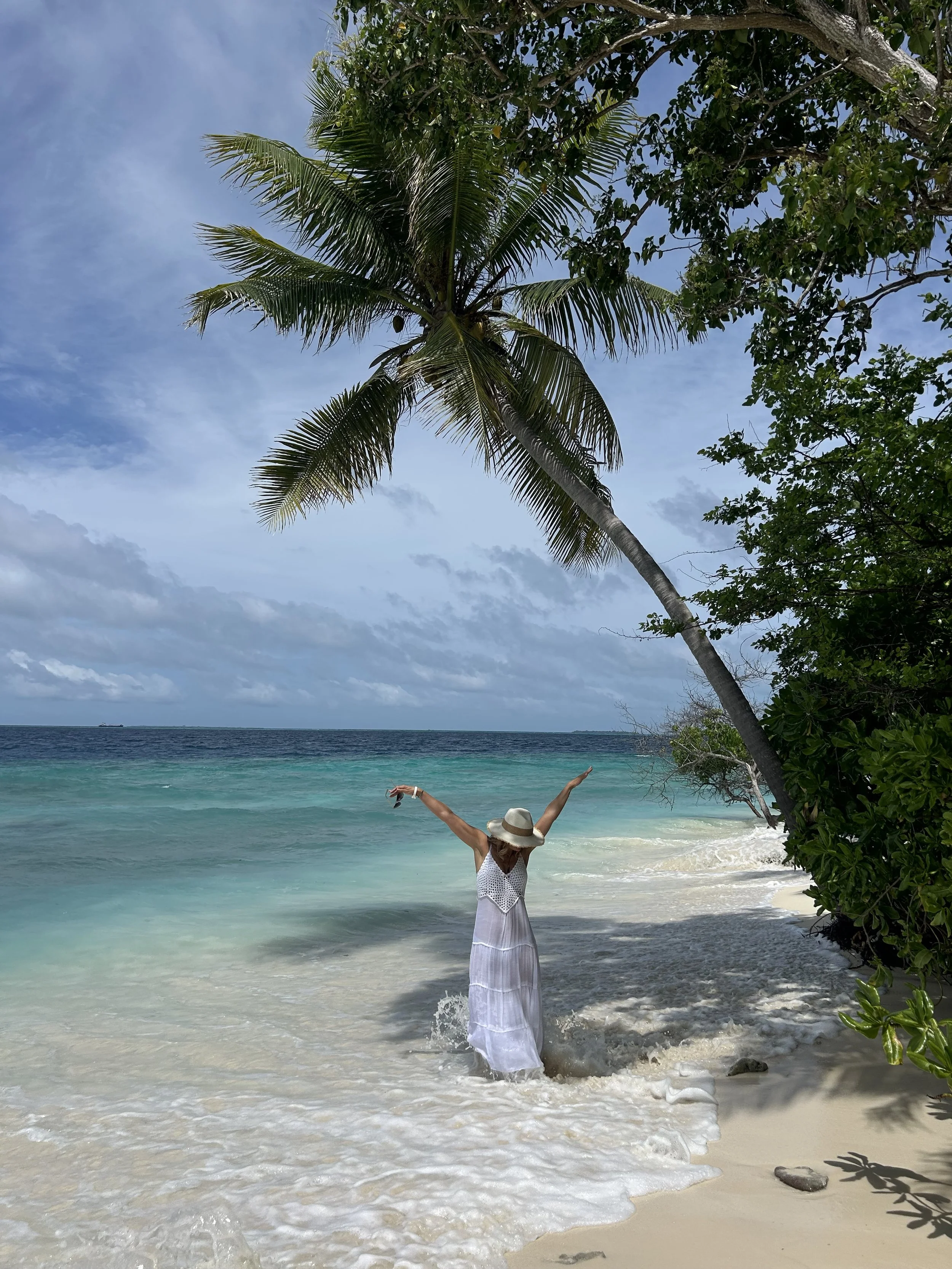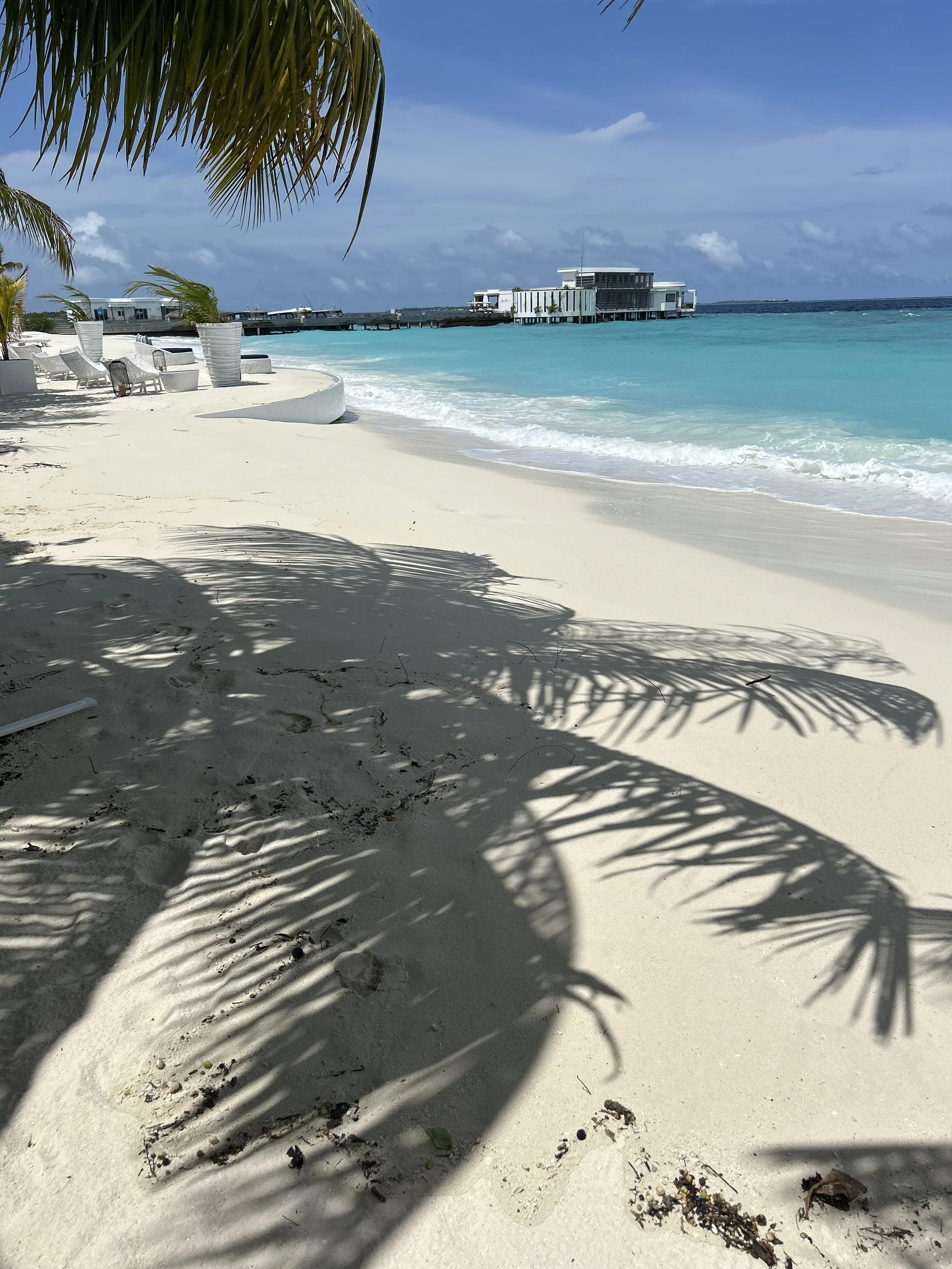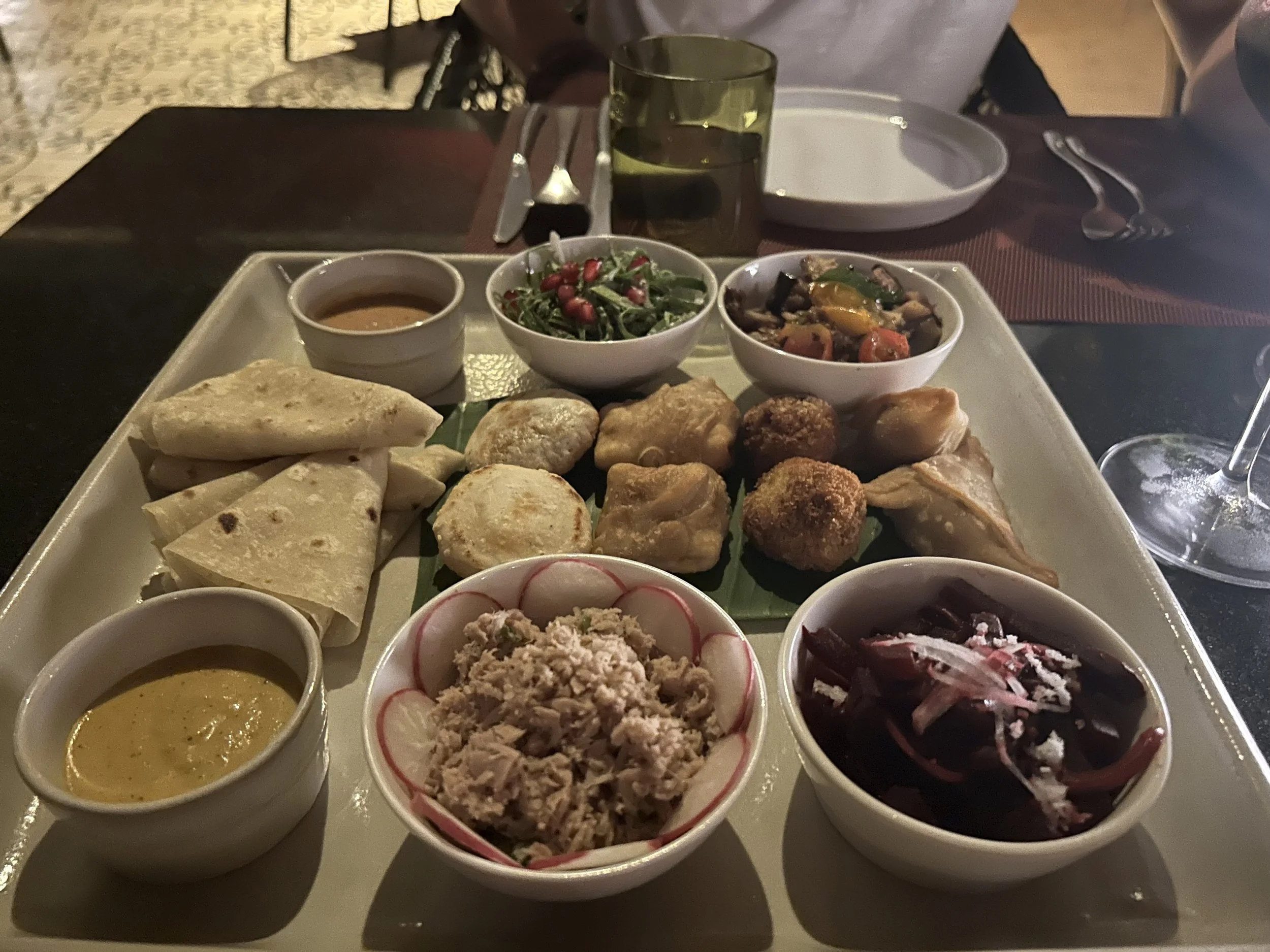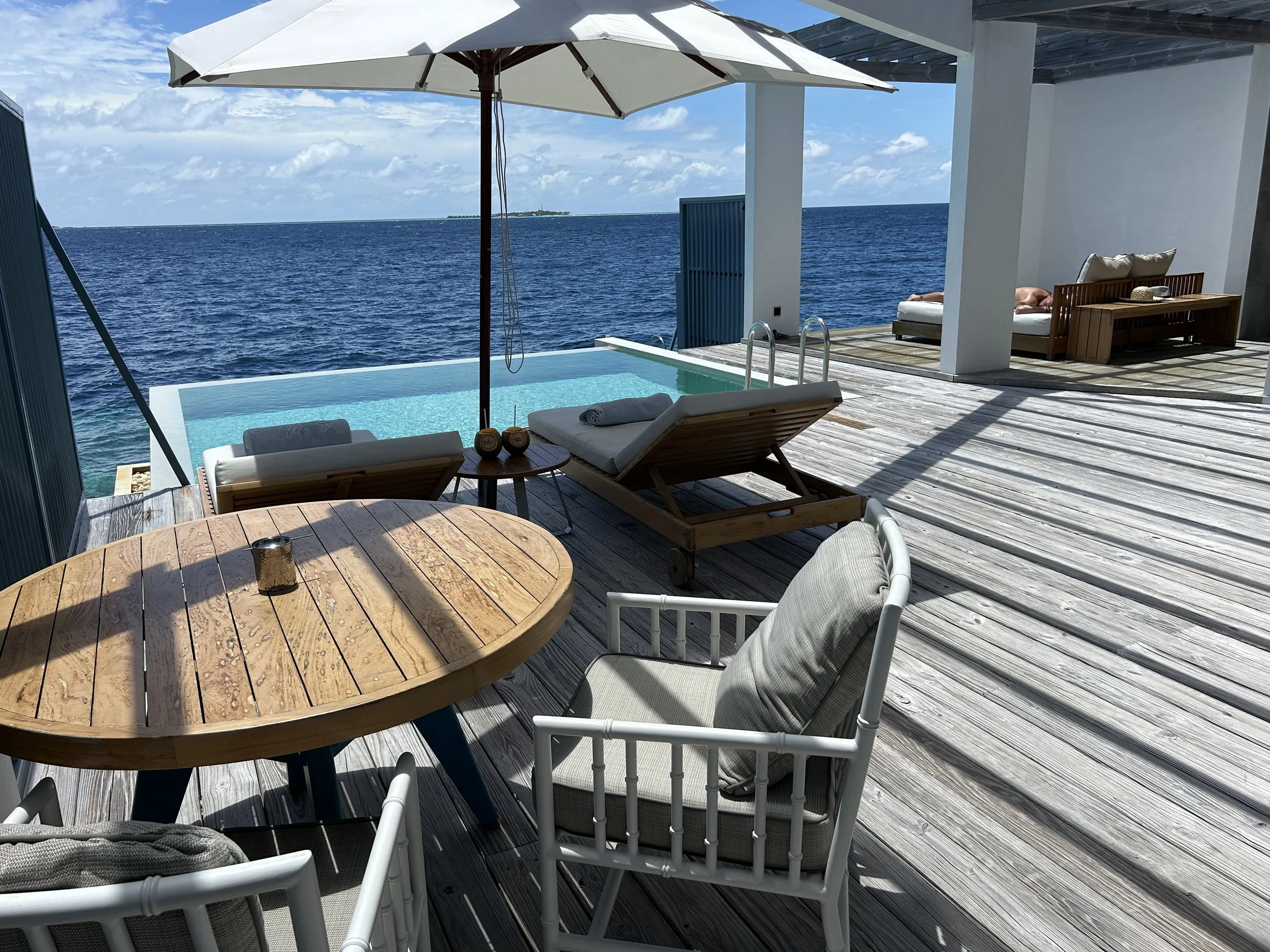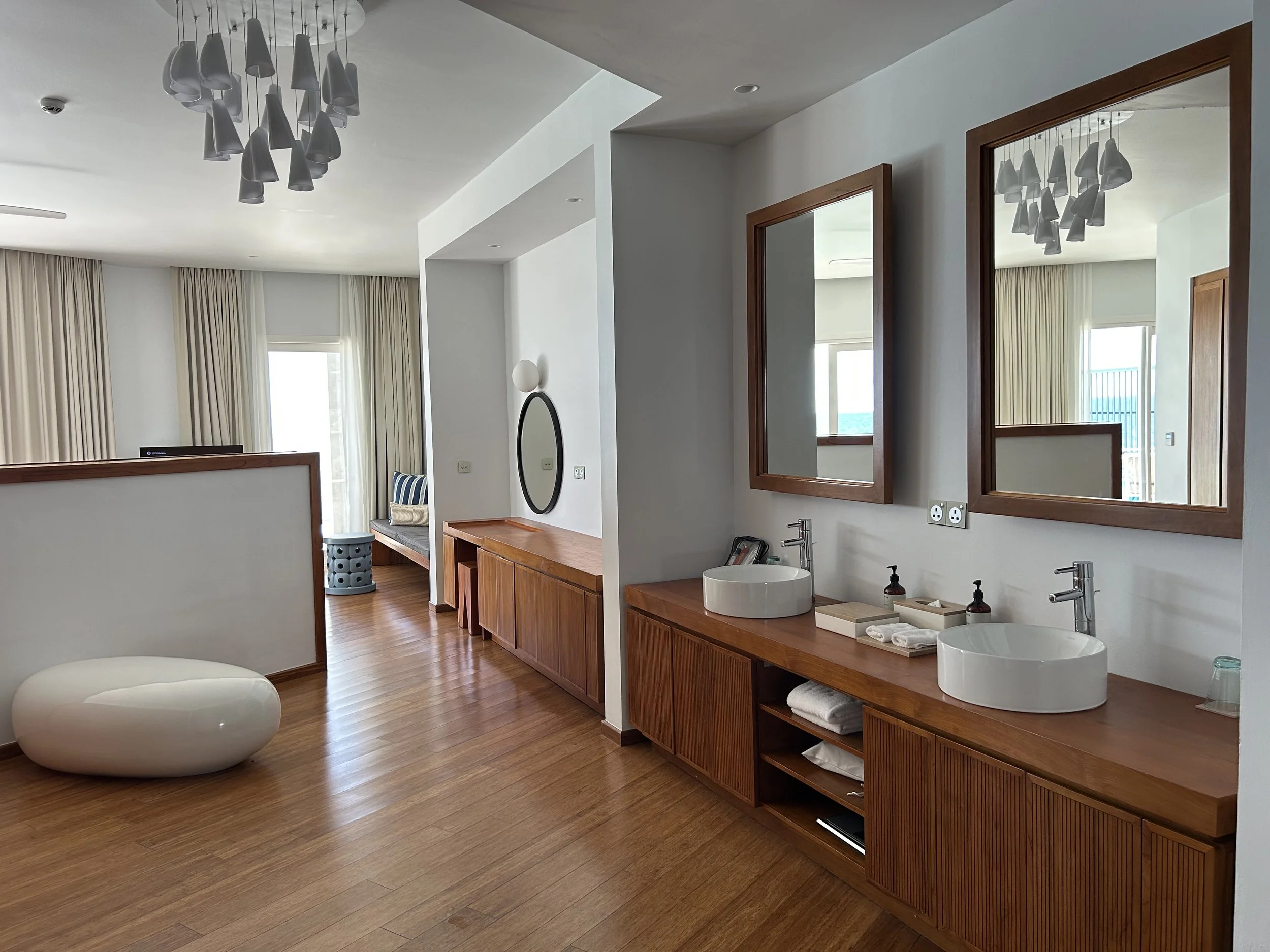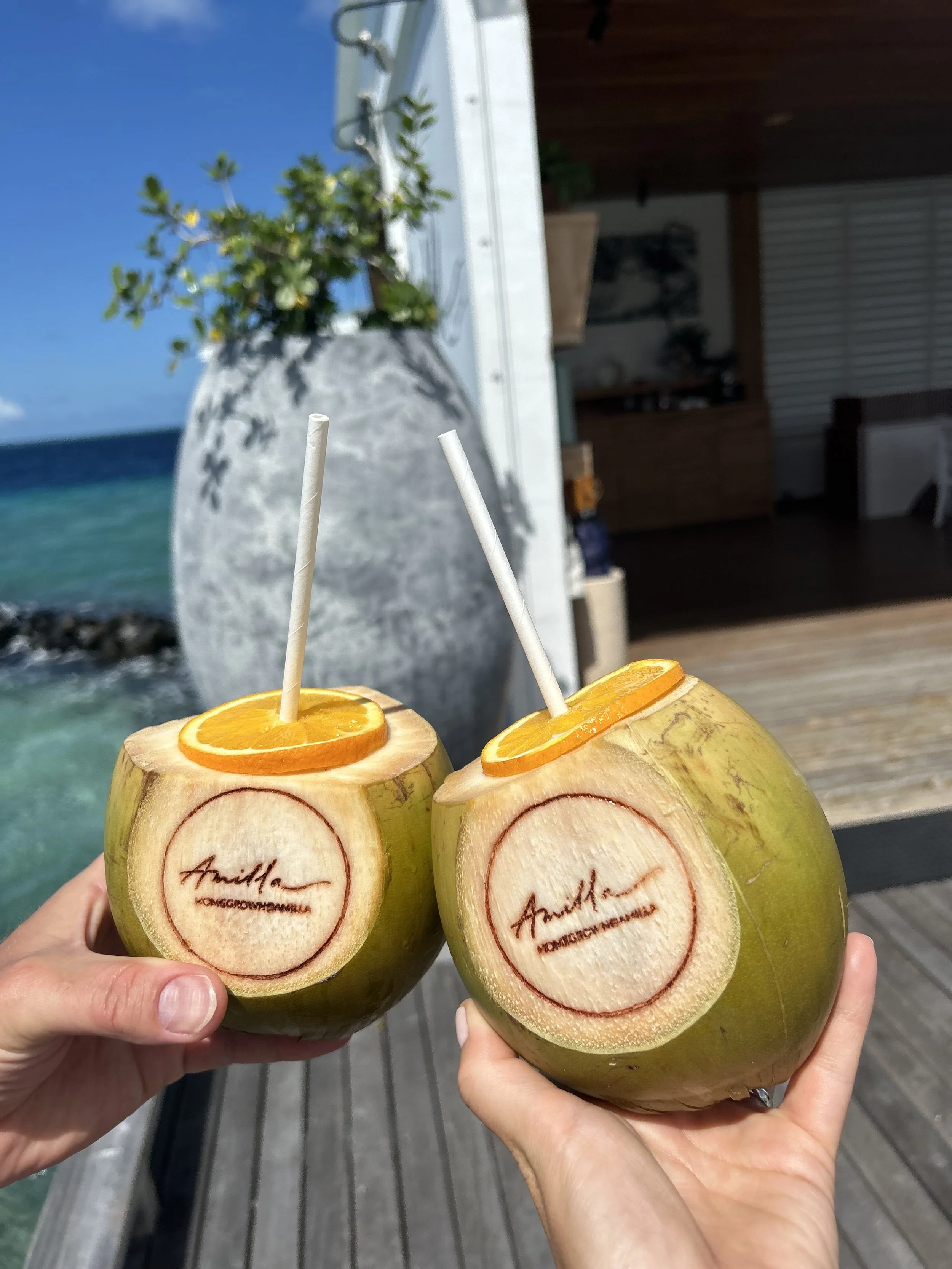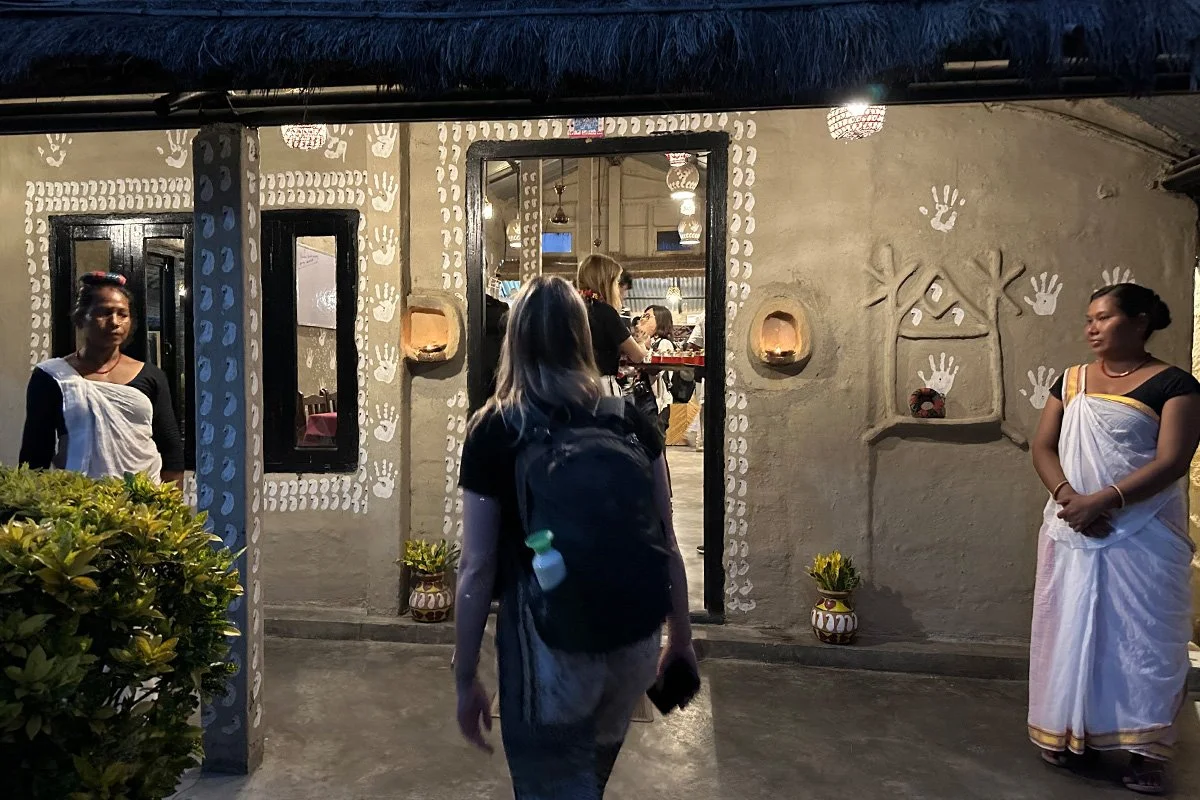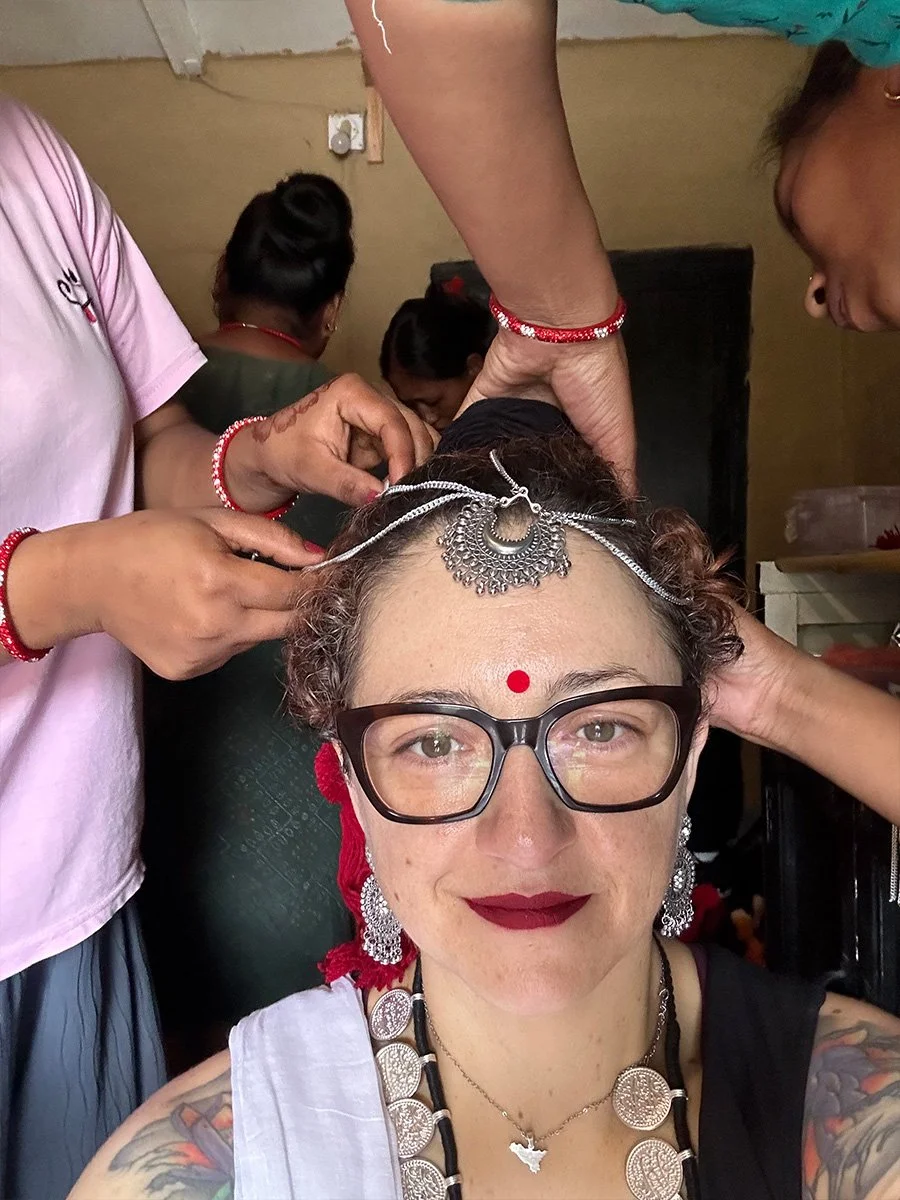I’m sitting on my towel in the sauna at the Alpiana hotel in the beautiful South Tyrol. Its Aufguss world championships and our Aufguss facilitator, Patricia, is a Slovakian who has chosen some beautiful music to perform to.
When I first experienced Aufguss, I was amazed by how it engaged all my senses. This unique sauna ritual lasts about 15 minutes, but it feels like a complete journey. The Aufguss master, with practiced skill, uses water and a towel to move the heat around the sauna, creating an ever-changing atmosphere.
There are six elements that make each session special.
Heat: The temperature rises until I can feel my heart getting faster and a rush of endorphins flood my body, leaving me both energized and relaxed.
Essential oils: The air fills with wonderful scents, each chosen for their unique benefits, and I find myself breathing more deeply.
Towel work: Watching the master’s graceful towel movements is almost hypnotic—there’s a real artistry to it that I never expected.
Lighting and ambience: The sauna can be bathed in soft natural light, other times in dramatic colours, each setting a different mood.
Music: The towel’s movements are perfectly timed to the music, turning the whole experience into a performance that I feel very privileged to witness.
Style: Ultimately, it’s the Aufguss master’s personal touch that brings everything together, guiding us through a ritual that feels both communal and deeply individual.
Every time I took part, I was reminded how powerful these simple elements can be when combined with care and intention. It’s more than just a sauna—it’s a moment of connection, relaxation, and sensory delight.
As sauna participants settle in, some closing their eyes, others simply listening as Patricia begins her performance. With practiced movements, she wafts the hot air using a small towel, synchronizing each gesture with the music. Nearby, a wooden bucket holds three ice balls, each infused with a different essential oil. Patricia uses a large ladle to place the ice balls onto the heated plates, releasing waves of bergamot, rosemary, and citrus into the air. The aroma mingles with the music, creating a truly immersive atmosphere.
My last Alpiana Aufguss session, aptly named “Taste of Summer,” is a sensory delight. I find myself smiling, fully absorbed in the harmonious blend of sound and scent. The air circulates just enough to keep me comfortable throughout, allowing me to enjoy the experience from start to finish.
As the session ends, I step into the iced water dipping pool, feeling instantly refreshed. Afterwards, we gather for Farmers Tea, a fragrant blend served with fresh fruit—a perfect conclusion to our shared ritual.
Discovering that the Alpiana and other Dolce Vita Hotels in the region offer this unique ritual to their guests made the experience all the more memorable. Trust me, you will want to try it!
There are many activities on offer at the Alpiana as well as sauna and cold dips. There is a weekly programme for guests – morning hikes, yoga, Pilates, chestnut roasting, meditation, and aqua gym – the list goes on….
There are guided walks as well as cycle paths to wander along. The countryside was a welcome respite from the busy city I live in. I enjoyed exploring the locality - chestnut groves, apple orchards, churches, and forests - a mixture of culture and nature. Just breathing in the fresh air made me feel so good.
Fun fact, I learnt that South Tyrol is the largest supplier of organic apples in the whole EU: some 25 % of all of the organic apples grown in Europe originate from South Tyrol.
Staying at the Alpiana, with its choice of outdoor pools, (for those who know me) will understand that I was in my element – cold water immersion, swims, followed by sauna. The hotel has a wonderful spa too, offering treatments to guests. The restaurant offers culinary delights – headed by chef Arnold Nussbaumer. Dishes are served by the team who are extremely attentive and professional. I loved the fusion of Tyrolean and Italian dishes.
The Alpiana is the perfect place for a retreat. The staff are incredibly friendly with the Margesin family actively working within the property. Would I return? In a heartbeat.
Karen stayed at the Alpiana in South Tyrol in November 2025 courtesy of Dolce Vita Hotels. Please email or call us on Tel 0208 675 7878 to discuss your stay. We will share ideas of getting there and combining a break with other places.
Images credit to Dolce Vita Hotels & Karen Simmonds






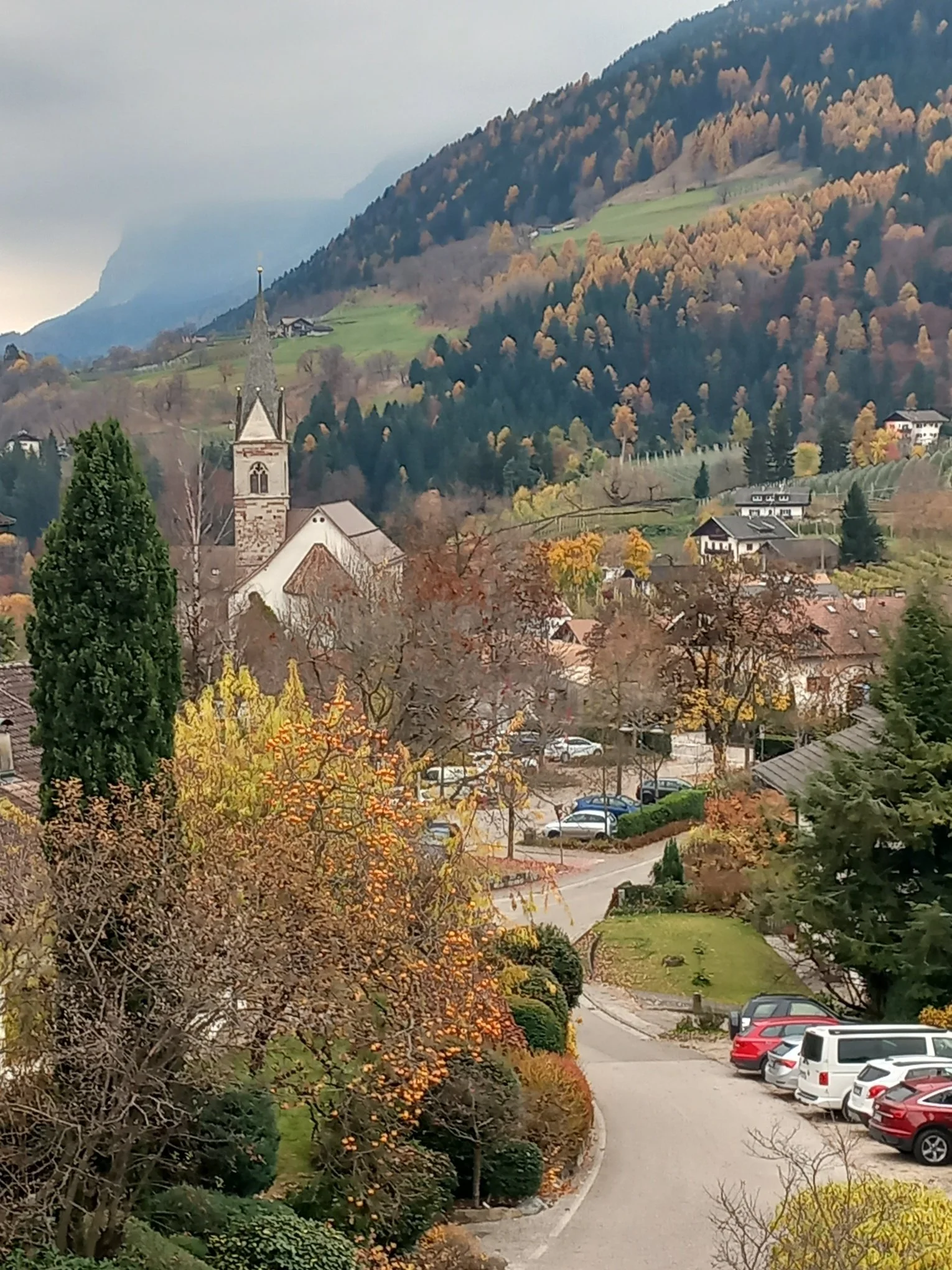















![20251019_100022[1].jpg](https://images.squarespace-cdn.com/content/v1/5cc45faab10f25fda1792c6b/1762194090093-PJK46VW5N1VZ7RM3UF0P/20251019_100022%5B1%5D.jpg)


















![20251021_094700[1].jpg](https://images.squarespace-cdn.com/content/v1/5cc45faab10f25fda1792c6b/1762194796926-U7QG5SSSQF6JUYJEW1Q4/20251021_094700%5B1%5D.jpg)









![20251020_224747[1].jpg](https://images.squarespace-cdn.com/content/v1/5cc45faab10f25fda1792c6b/1762199683445-CLA3WT6KEX29H1VMTP08/20251020_224747%5B1%5D.jpg)
![20251021_110750[1].jpg](https://images.squarespace-cdn.com/content/v1/5cc45faab10f25fda1792c6b/1762200047332-SZ2C9478T3EIV389MLST/20251021_110750%5B1%5D.jpg)
![20251021_104747[1].jpg](https://images.squarespace-cdn.com/content/v1/5cc45faab10f25fda1792c6b/1762200183608-8L0GVFPEQE6HUUEYFV6Q/20251021_104747%5B1%5D.jpg)
![20251021_131034[1].jpg](https://images.squarespace-cdn.com/content/v1/5cc45faab10f25fda1792c6b/1762200236864-GLS66YACX8XJO72L2PVG/20251021_131034%5B1%5D.jpg)
![20251021_121133[1].jpg](https://images.squarespace-cdn.com/content/v1/5cc45faab10f25fda1792c6b/1762200271685-BKF1QQ4UND1NNMVR4RWF/20251021_121133%5B1%5D.jpg)
![IMG-20251021-WA0047[1].jpg](https://images.squarespace-cdn.com/content/v1/5cc45faab10f25fda1792c6b/1762200331410-1TPEMLKAQXX0GU9Y3YSU/IMG-20251021-WA0047%5B1%5D.jpg)
![IMG-20251021-WA0138[1].jpg](https://images.squarespace-cdn.com/content/v1/5cc45faab10f25fda1792c6b/1762200524486-B4LQFOB5DRLK996BEJVB/IMG-20251021-WA0138%5B1%5D.jpg)
![20251022_125321[1].jpg](https://images.squarespace-cdn.com/content/v1/5cc45faab10f25fda1792c6b/1762200552316-7RSJO1MWDJHWNI12OJNB/20251022_125321%5B1%5D.jpg)
![20251022_172959[1].jpg](https://images.squarespace-cdn.com/content/v1/5cc45faab10f25fda1792c6b/1762200606796-A4WLYVRLR8GON3C30NIP/20251022_172959%5B1%5D.jpg)
![IMG-20251022-WA0078[1].jpg](https://images.squarespace-cdn.com/content/v1/5cc45faab10f25fda1792c6b/1762200629622-9OJCQLLD8RWVYK4CBVOM/IMG-20251022-WA0078%5B1%5D.jpg)











